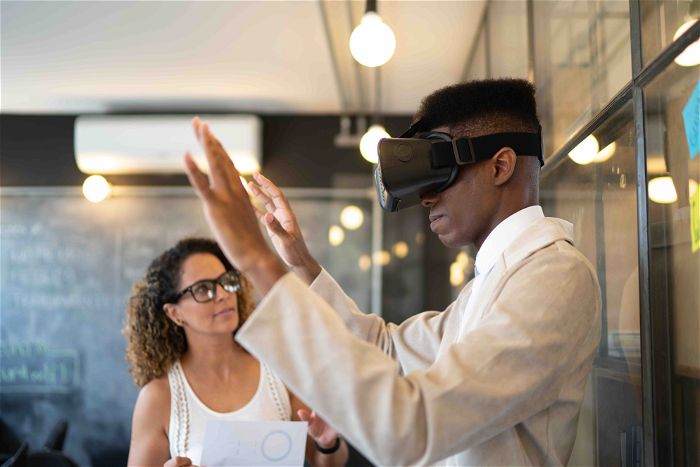When I was in college, I lived in rural Minnesota, close to a restored prairieland that was carefully maintained through controlled burns. As a city native, I was surprised to learn about this intentional fire setting and it was there that I was introduced to a critical space known in environmental science and urban planning as the wildland urban interface (WUI).
In general terms, an interface is a space or boundary where two systems meet and communicate.
Following that definition, the WUI is the area where the human-built environment presses up to and interacts with the natural environment. Controlled burns are part of mitigating risk and maintaining balance in this interface; without them, human intrusions into natural ecosystems lead to significant risks, such as the propagation of invasive plant species, new disease vectors, and uncontrolled forest fires. But when interfaces are designed well, with thoughtful land-use regulations, these risks can be mitigated.
The WUI—and the concept of an interface between systems—keeps coming to mind in my work providing technical assistance to workforce boards participating in the Future of Work Grand Challenge. This competition and piloting initiative, which JFF has undertaken in partnership with New Profit, XPRIZE, and MIT Solve, seeks to train and place 25,000 workers in jobs by 2023. Of course, land use and urban development are not at issue with the Future of Work Grand Challenge. We’re exploring an interface that’s less visible, but no less important to our future: the “digital-community interface.”








